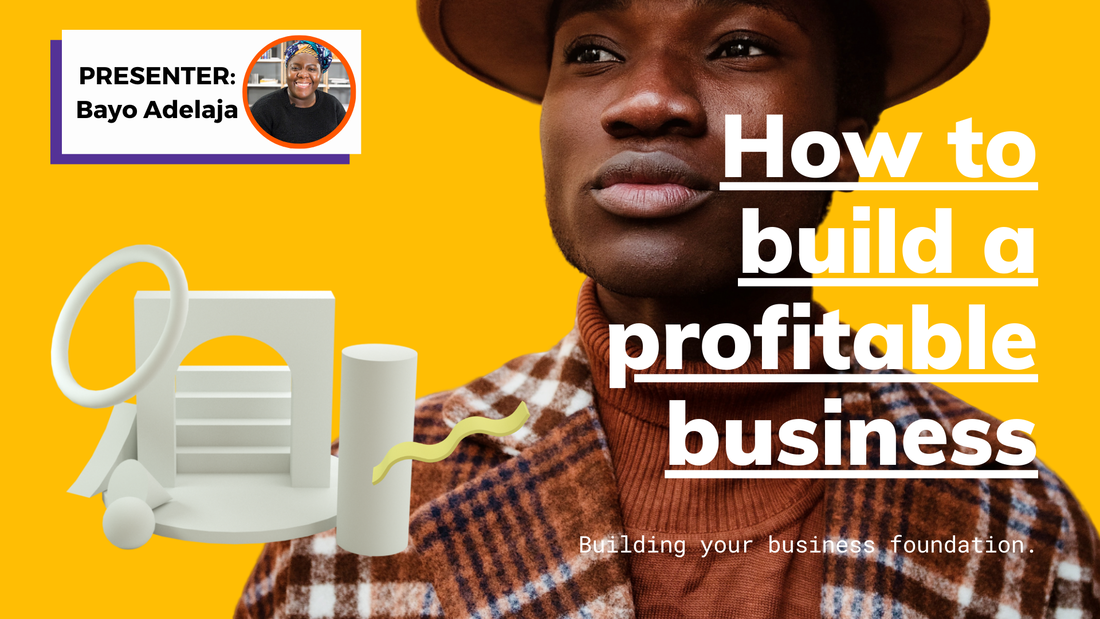How to build a profitable business
|
This week we are talking about pricing. This session is really task based, so get your notebook and a pen ready for some work and some calculations.
Tasks
|
Downloadable resources
This is the final session of Side Hustle Support.
I hope you have enjoyed learning about some of the theory that underpins building a good business foundation. Remember that being entrepreneurial is about seeing different ways of doing things, evaluating each method as objectively as possible and then applying your best judgment to the given situation. |








